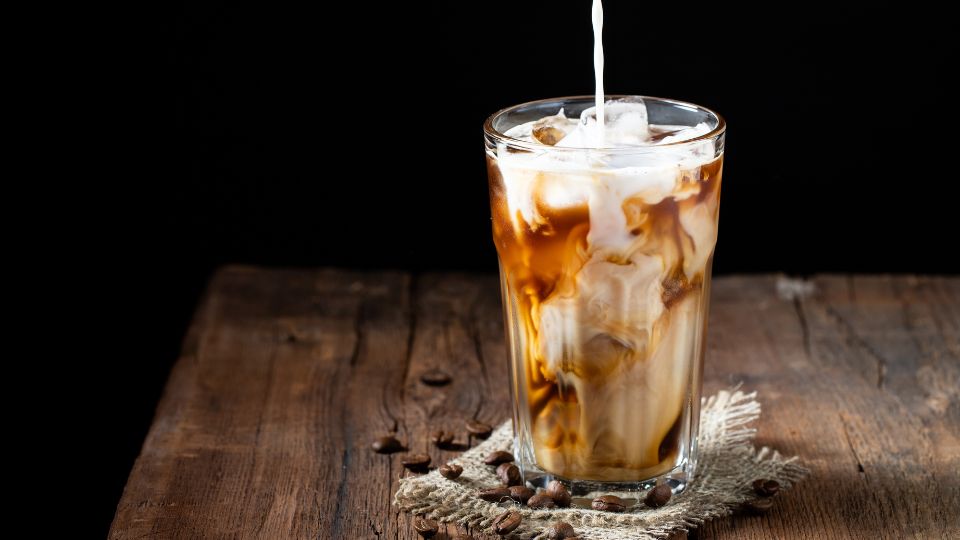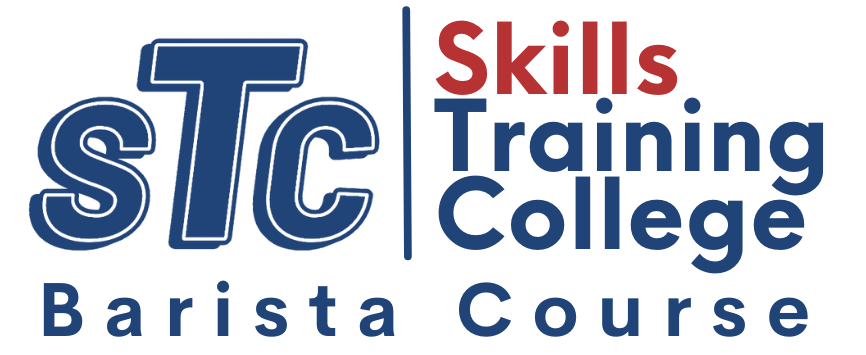*Our training is hands-on, practical, and tailored to the needs of each individual student*
*Our training is hands-on, practical, and tailored to the needs of each individual student*

Australia has a unique love affair with coffee. It’s not just a morning pick-me-up; it’s a cherished ritual, a social experience and a daily indulgence. While the majority still prefer to drink hot coffee, iced coffee has been gaining popularity in recent years.
In fact, according to a survey conducted last year by marketing company Gitnux, over 40% of coffee enthusiasts in Australia have embraced the refreshing allure of specialty coffees, including iced coffee, as part of their routine. Not surprising if you’ve ever sampled the delights of an iced vanilla latte.
In this article, we’ll explore the art of making the perfect iced coffee, delving into three main iced coffee recipes and fascinating facts about coffee making. Whether you’re sipping it on a scorching summer day or simply craving a twist on your hot coffee, we’ve got you covered.
We’ll dive into three different methods: Japanese Iced Coffee (Espresso), Cold Brew, and Filtered Iced Coffee. So, grab your favourite mug, and let’s embark on this caffeinated journey with some great iced coffee recipes!
Before we embark on our journey of creating the perfect iced coffee, let’s clarify what exactly constitutes this beloved beverage. Iced coffee is a chilled version of the classic hot coffee. It’s not to be confused with cold brew, which is made by steeping coffee grounds in cold water for an extended period. Iced coffee, on the other hand, is brewed hot and then quickly cooled down. This swift cooling process locks in the intricate flavours of the coffee while preventing bitterness. This is what makes iced coffee unique.
If you’re looking for a quick and flavourful way to enjoy iced coffee, this Japanese Iced Coffee recipe is an easy way to make iced coffee. This technique offers a unique twist to your regular iced coffee experience.
Cold brew coffee has gained immense popularity for its smooth, mellow taste. The cold-brewed coffee method requires a bit of patience, but the result is well worth it.
This method combines the best of both worlds, giving you a refreshing and nuanced iced coffee experience. Here’s a great iced coffee recipe:
Iced coffee machines are specialised appliances designed to streamline creating perfect chilled brews. They come in various forms, from simple cold brew makers to advanced machines that can brew hot coffee quickly and then cool it down rapidly.
These machines offer convenience and precision, ensuring a consistent and flavourful iced coffee every time. Some models also come with additional features like adjustable brewing strengths and timers for added customisation.
Investing in a quality iced coffee machine can be a game-changer for coffee enthusiasts seeking a hassle-free way to enjoy their favourite cold brew.
Beyond its refreshing taste, iced coffee brings a host of intriguing benefits to the table. One notable advantage is that iced coffee, particularly cold brewed, is lower in acidity compared to its hot counterpart. This means it’s gentler on the stomach, making it an excellent choice for those with sensitive digestive systems.
Additionally, iced coffee is a powerhouse of antioxidants, which plays a crucial role in protecting our cells from damage. It’s also known to be a mood booster, thanks to its ability to stimulate the release of neurotransmitters like dopamine and serotonin. This makes it a delightful pick-me-up on those sluggish afternoons.
There is also evidence to suggest that drinking iced coffee can also reduce fluid retention, help regulate body temperature, and promote a feeling of fullness, which can help with weight management.
Moreover, iced coffee can be a welcome addition to fitness routines, as caffeine has been linked to improved physical performance by enhancing endurance and strength. So, not only does iced coffee offer a cool and invigorating sip, but it also provides a range of health benefits that make it a worthwhile addition to your daily caffeine fix.
Embarking on the journey of perfecting your iced coffee-making skills not only promises delightful moments but also brings forth a wealth of benefits. Whether you pick the swift Japanese Iced Coffee, the patient Cold Brew, or the harmonious Ice Filter Coffee, each method unveils a distinct experience for your palate, showcasing the depth of coffee’s versatility and the many iced coffee recipes available.
Furthermore, undertaking a nationally recognised barista training course can significantly enhance your coffee-making prowess. This comprehensive program not only provides hands-on experience but also imparts in-depth knowledge about the nuances of coffee, from bean selection to brewing techniques.
It opens doors to a dynamic world of coffee culture, enabling you to craft exceptional beverages with confidence and finesse.
Moreover, this barista training equips you with a valuable skill set that is highly sought after in the vibrant café industry. With the surge in coffee culture, cafés are constantly on the lookout for skilled baristas who can not only brew a perfect cup but also curate a memorable coffee experience.
Completing a nationally recognised barista course broadens your employment horizons, offering a competitive edge in a bustling job market.
So, don your barista hat, gather your ingredients, and embark on a journey that not only elevates your coffee-making skills but also opens doors to a world of exciting opportunities in the vibrant coffee industry. With every carefully brewed cup, you’re not just creating coffee; you’re crafting an experience that leaves a lasting impression.

Copyright © 2023 – All rights reserved.